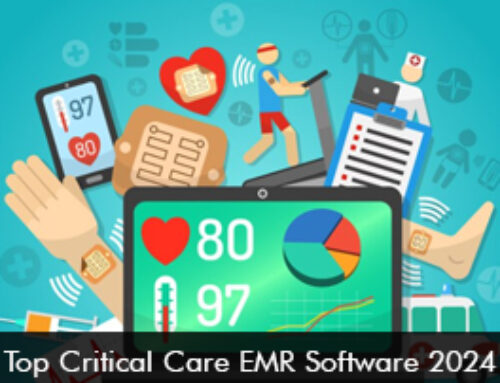The New Year 2024 has begun, and there will be new cybersecurity challenges that healthcare organizations will face. Knowing the threats from cyber attacks will enable practices to ensure robust security protocols to protect patient data stored in Electronic Medical Records (EMR) Software this year.
Increased Data Breaches in 2023
There has been an alarming rise in data breaches last year. In 2023 there were record-breaking data breach figures, with more than 540 healthcare organizations and 112 million people being impacted with data breaches. This had a devastating effect on the healthcare sector. The following organizations were implicated in attacks:
- HCA Healthcare
- Perry Johnson and Associates
- Managed Care of North America
- Welltok
- Colorado Department of Healthcare Policy
- Regal Medical Group
- CareSource
- Cerebral
2024 Cybersecurity Expectations by Healthcare Cybersecurity Experts
Artificial Intelligence Technology will be both a Challenge and an Opportunity
AI solutions and tools have been embraced by healthcare providers and EMR Software vendors as they help to simplify workflows, improve the provider’s experience, and enhance data analysis. However, it is critical to look at both sides of the picture, as when Artificial Intelligence is deployed security challenges need to be considered.
AI opens new risks from cybersecurity attacks. With the usage of generative AI tools such as ChatGPT phishing attacks are now getting sophisticated. The HHS has also warned that there will be an increase in AI-assisted attacks. For example, Threat performers use AI technology to create phishing emails, exploit vulnerabilities, and carry out healthcare hacks.
Ransomware Attacks will continue to Rise
Healthcare Cybersecurity experts believe that there will be an increase in ransomware attacks resulting in data breaches. These attacks will get more complex and will target larger healthcare organizations.
Software Supply Chain Security will be of Paramount Importance
The processes and procedures used to guarantee the availability, integrity, and confidentiality of software during its creation, distribution, and deployment lifetime are referred to as software supply chain security. The procedures of coding, constructing, packing, distributing, and upgrading software are all included in the software supply chain, which includes all phases of developing, testing, and delivering software.
Software supply chain security will be the top priority of organizations to prevent and detect potential threats that will incur in 2024. Moving forward, companies will prioritize putting best practices into effect and establishing security standards to improve the security of their software supply chains.
Moving Ahead
Although it is hard to predict exactly what the future holds for healthcare cybersecurity in 2024, experts concurred that new strategies would be needed from healthcare defenders as the threat landscape continues to evolve.







